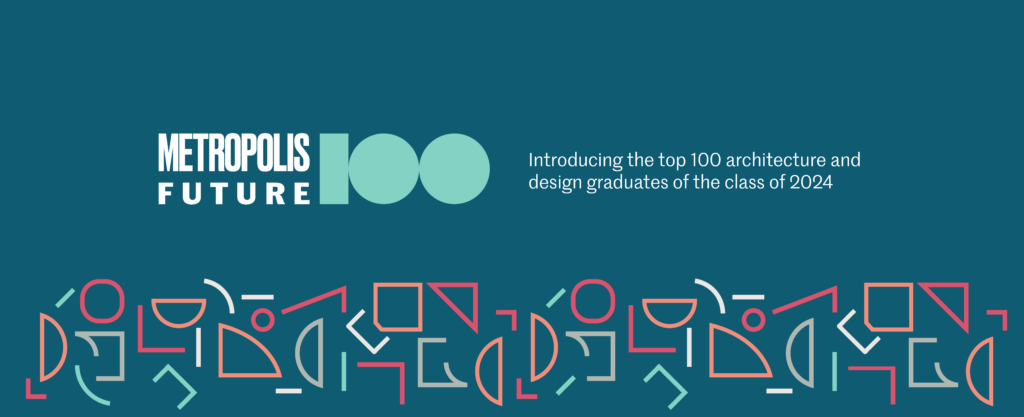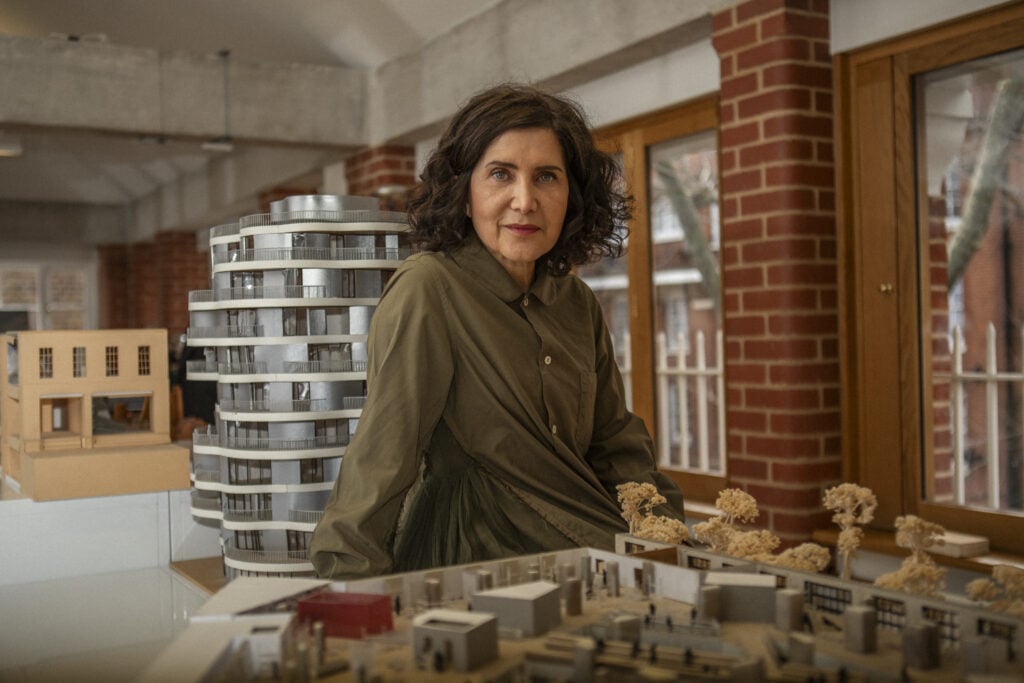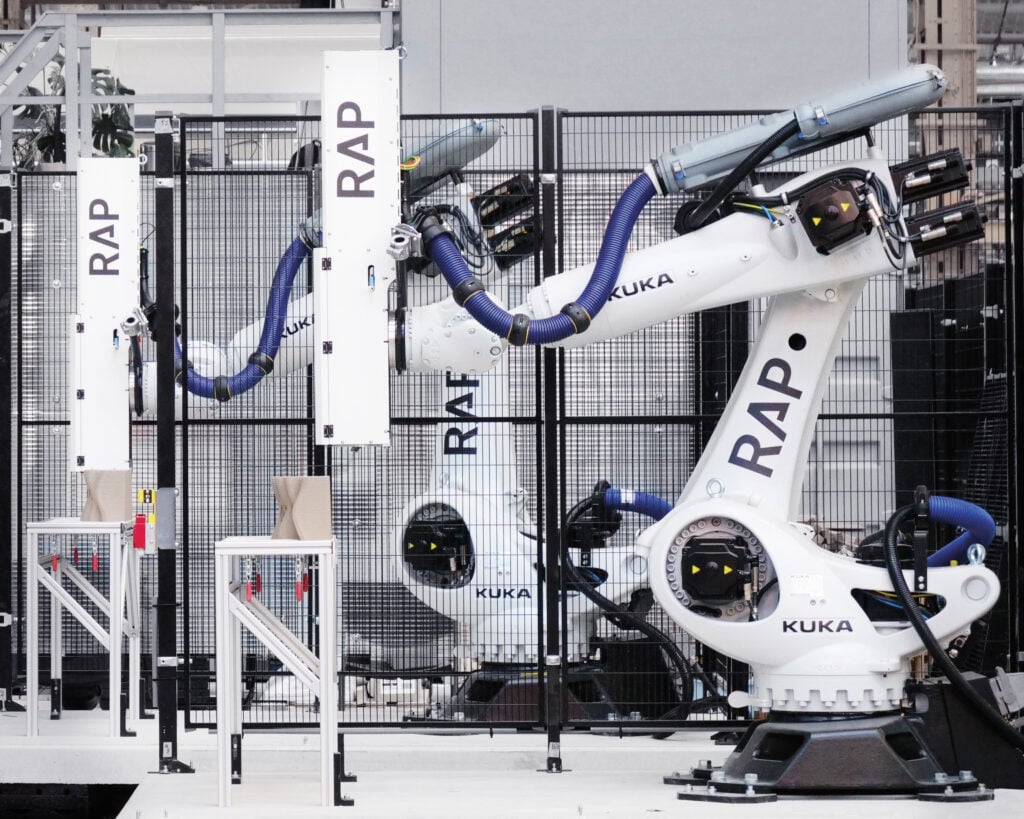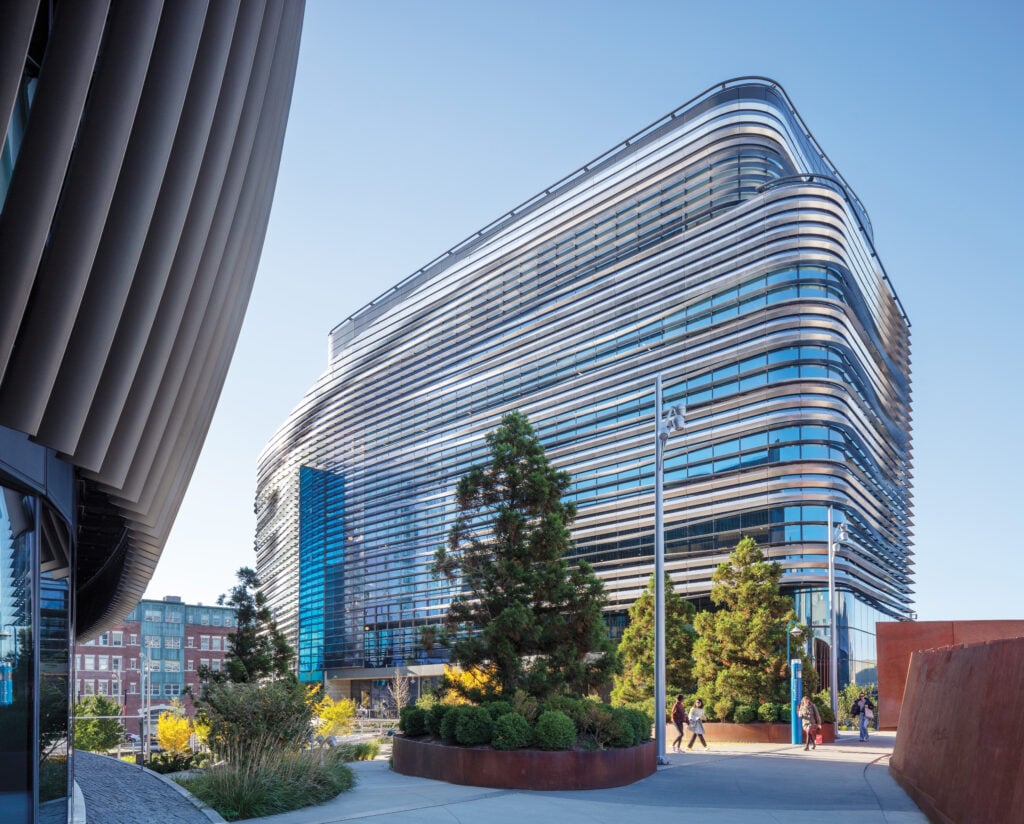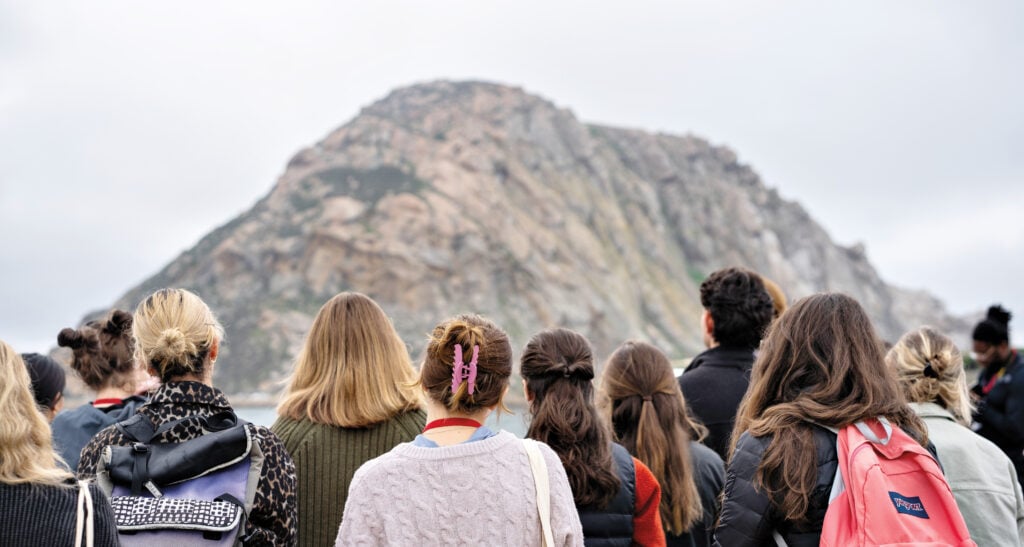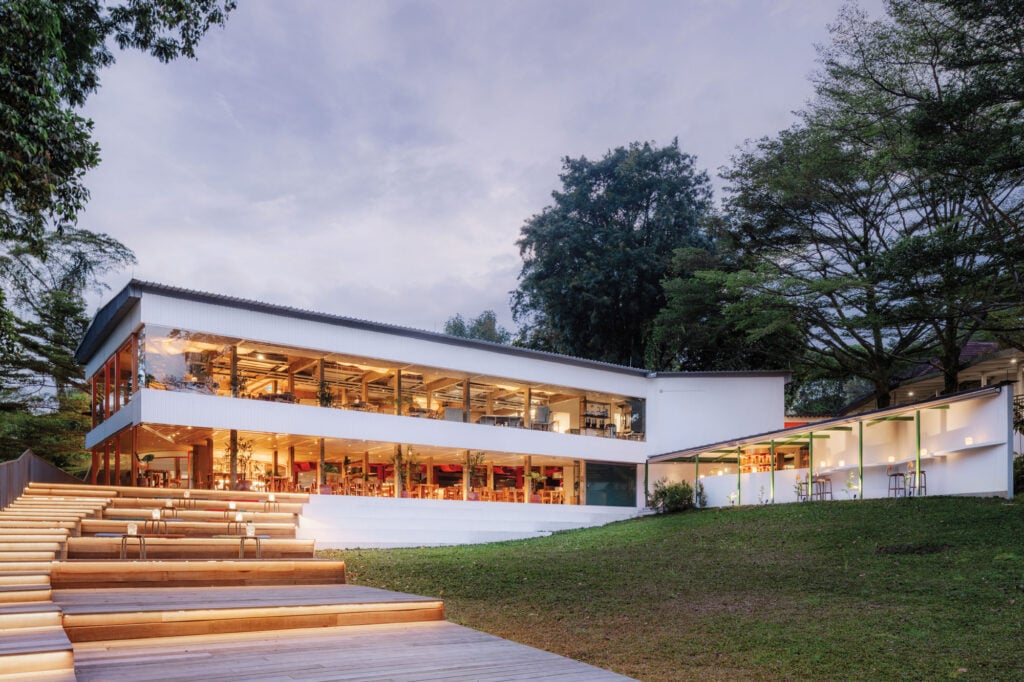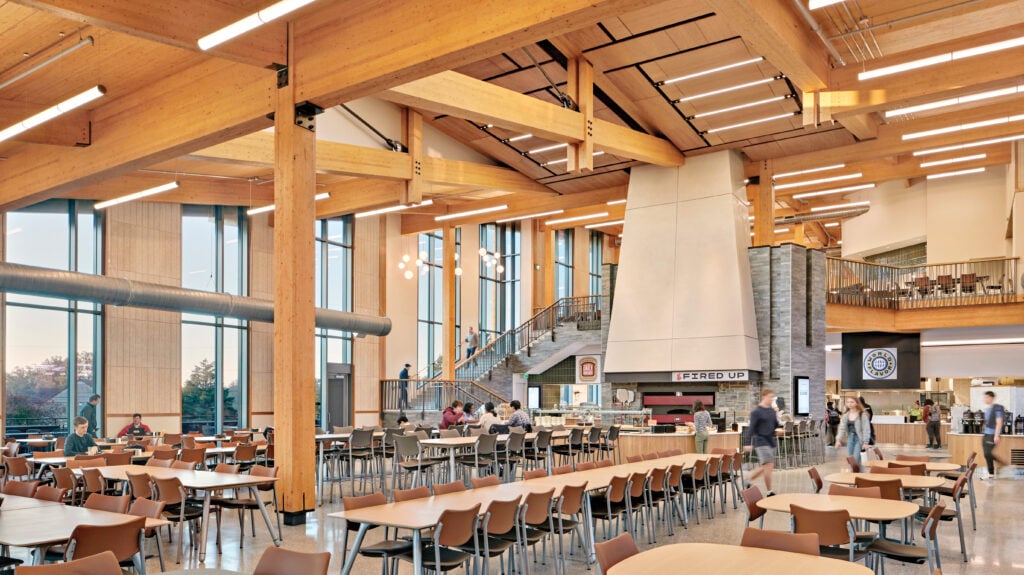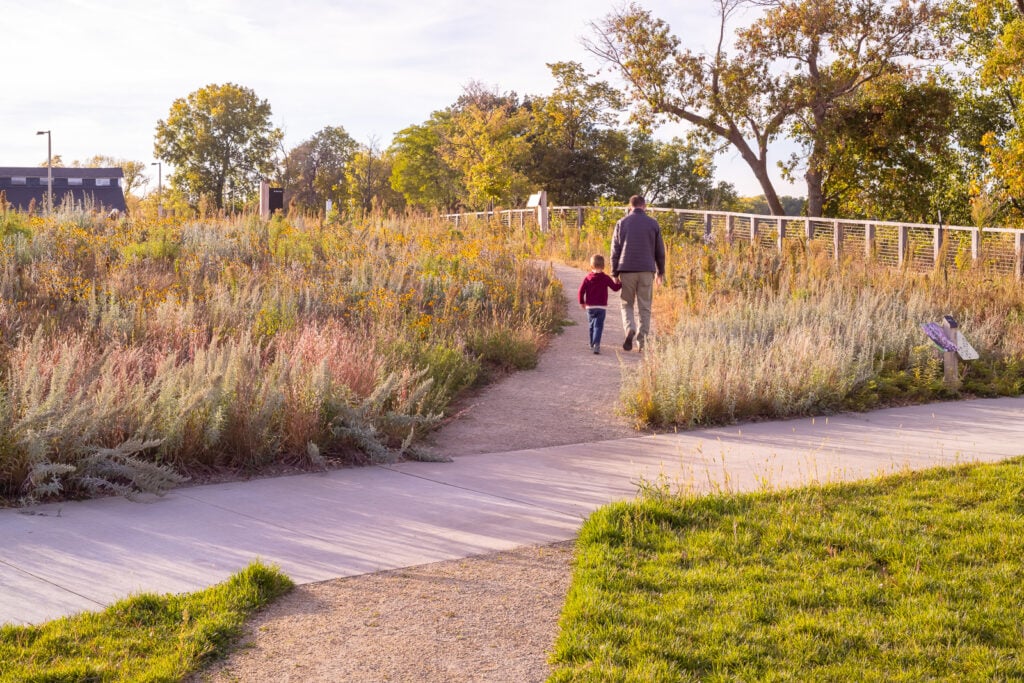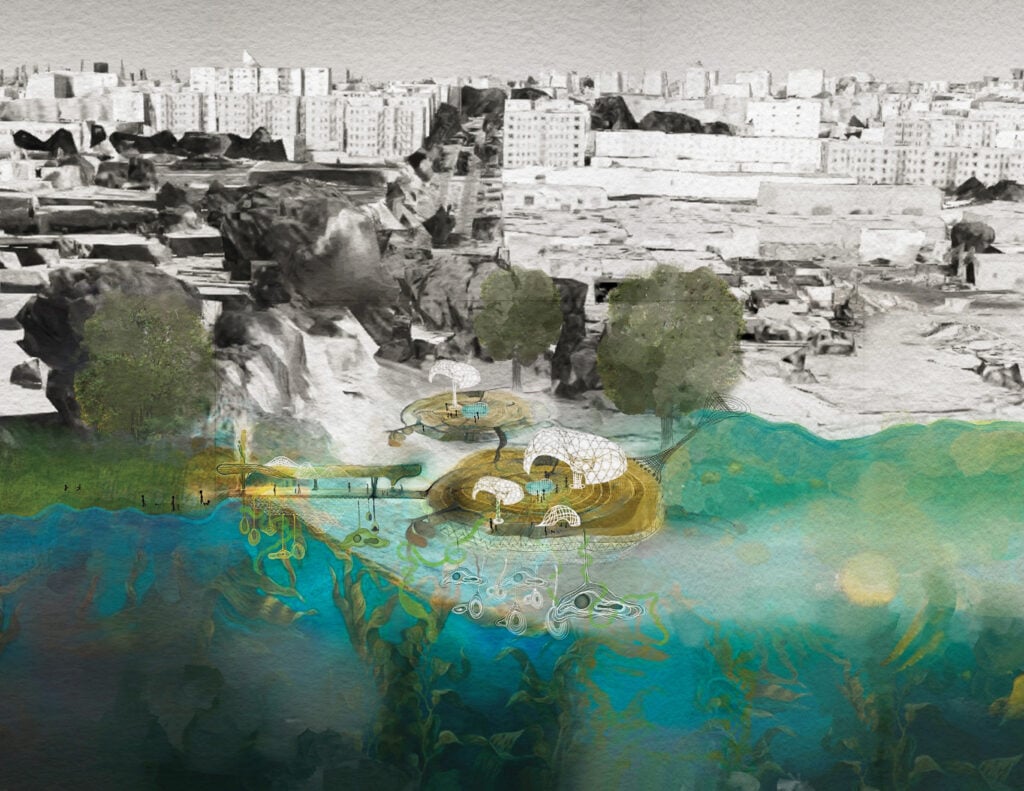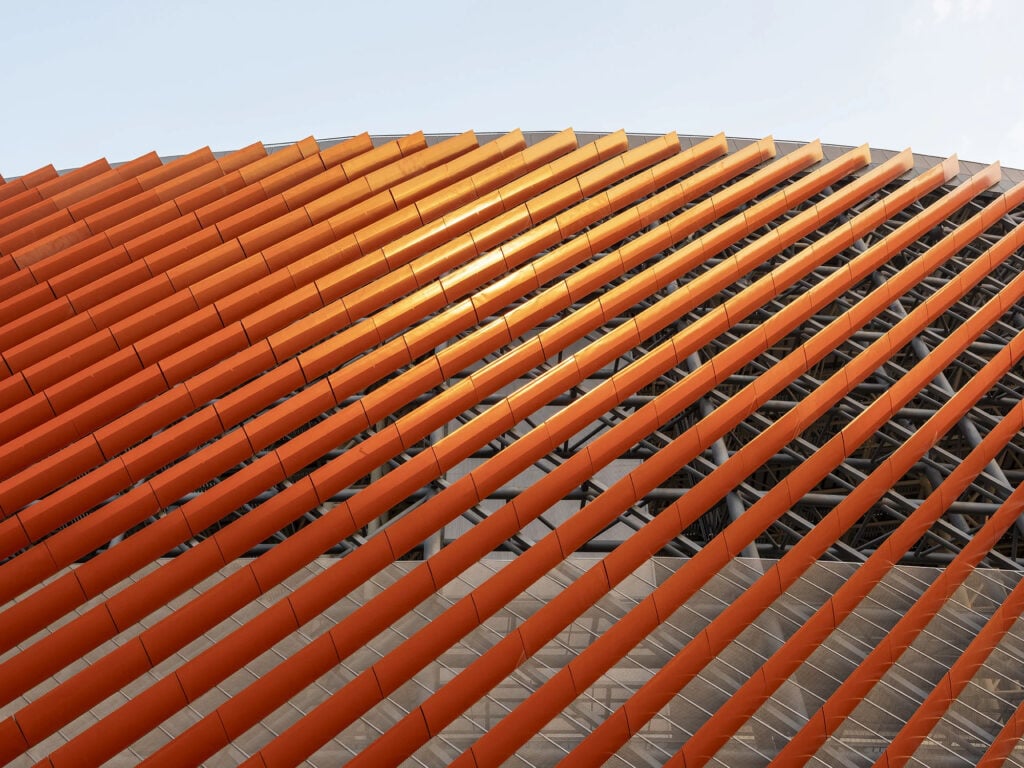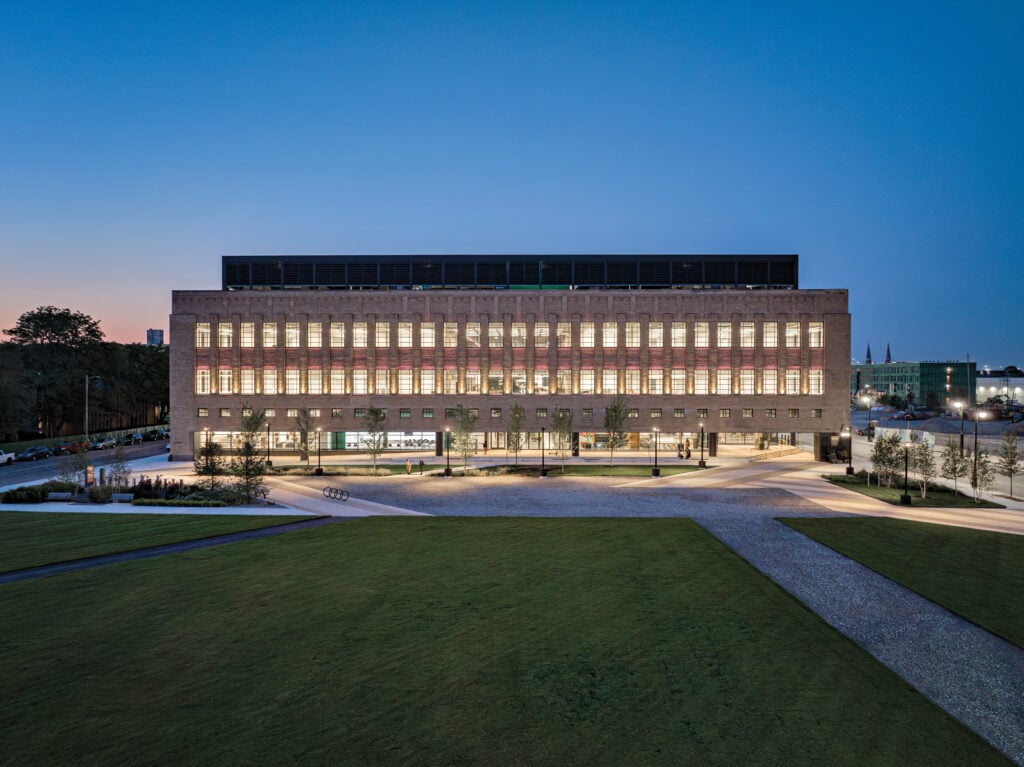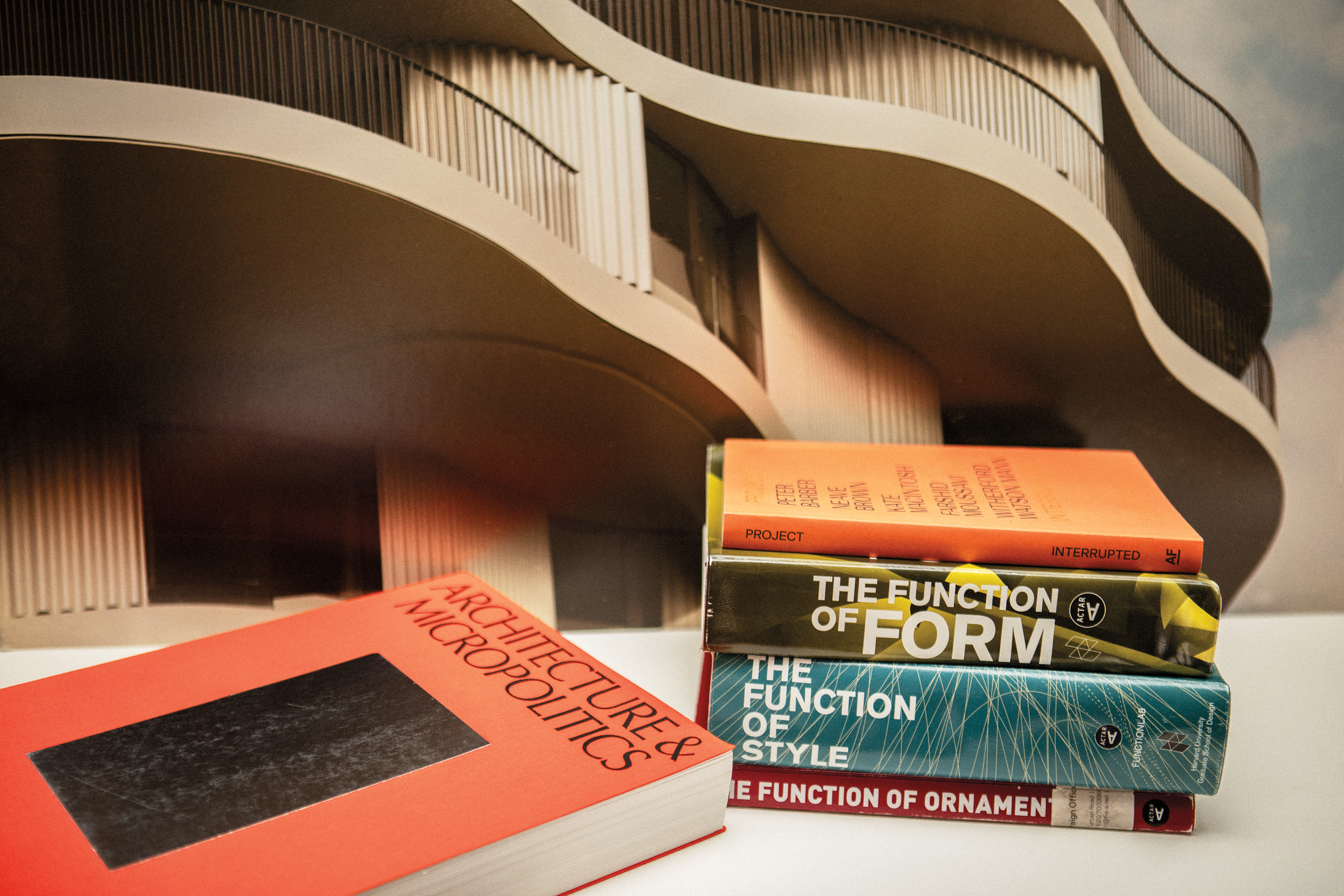
August 14, 2024
How the Built Environment Evolves with the Times
“One vital way professions change is through the values and concerns that every cohort of new professionals brings with it.”
Avinash Rajagopal, METROPOLIS editor in chief
One vital way professions change is through the values and concerns that every cohort of new professionals brings with it. METROPOLIS’s Future100, a program now in its fourth year, surfaces the perspectives of the brightest new minds in architecture and interior design.
“I try to approach projects from the mindset that if I’m in school the project is inherently a conceptual project. I might as well lean into that a bit,” says Axel Olson, a master’s candidate at the University of Michigan’s Taubman College of Architecture & Urban Planning. His Self-Storage project, for example, conceives of temporary structures as “warehouses” of cast-off construction materials, keeping them in use till they find more permanent homes. This kind of comfort with mutable, changeable purposes for buildings runs through the Future100 portfolios. School of Visual Arts interior design student Meixi Xu reimagines an entire New York neighborhood as an ecosystem where people’s livelihoods and lifestyles change with the buildings they live in—bringing intentionality to the subtle forces that already bind us to buildings. “I’m trying to create something that is not buildable now because what we can build now is not enough,” she says. “I want to create something beyond ‘now.’”
I am excited to see how ideas like these and the dozens of others showcased in this issue’s Future100 stories, all incubated in the classroom, will evolve over many encounters with the construction site in the years to come. Social, political, and economic forces, themselves ever changing, will undoubtedly hone and select the fittest of these to create the built environment of the future. I hope it will be one that we will all be able to live and thrive in.
Here are all the stories from the Summer 2024 issue:
Features
More from the Summer Issue
Viewpoints
The Denver Art Museum Explores Nature’s Eternal Sway over Architecture and Design
Biophilia: Nature Reimagined brings together 70 works that explore the relationship between nature and creativity.
Viewpoints
Two Sustainability News Updates for Q2 2024
The building industry makes vital moves toward standardization and transparency on energy efficiency and social impact.
Projects
Payette’s New EXP Building is Designed for Research and Built to Perform
How Northeastern University is fostering exploration through insightful and transparent design.
Projects
A Passive House Renovation Makes This Historic Townhouse More Livable
The Passive House certification standard helped Ingui Architecture upgrade the quality of a Brooklyn home, opening the door to a host of other benefits.
Projects
Xtreme LA Trains Tomorrow’s Design Leaders on Environmental Stewardship
Students at Cal Poly San Luis Obispo leveraged traditional ecological knowledge and community engagement to envision a future for Morro Bay, California.
Projects
OMA-designed AIR Circular Campus and Cooking Club Has Opened in Singapore
For its design of a dining hub in an upmarket part of Singapore, OMA and David Gianotten focused on circular flows of food, people, and materials.
Products
5 Architectural Products for Higher Education Projects
From mass timber to twisted sunshades, these new materials are positioned to be first choices on university campuses.
Viewpoints
Designed Landscapes Are Surprisingly Carbon Intensive (And They Don’t Have to Be)
Urban landscapes often include plenty of hardscape made with materials that can have significant carbon footprints.
Would you like to comment on this article? Send your thoughts to: [email protected]
Latest
Profiles
Zoha Tasneem Centers Empathy and Ecology
The Parsons MFA interior design graduate has created an “amphibian interior” that responds to rising sea levels and their impacts on coastal communities.
Viewpoints
How Can We Design Buildings to Heal, Not Harm?
Jason McLennan—regenerative design pioneer and chief sustainability officer at Perkins&Will—on creating buildings that restore, replenish, and revive the natural world.
Products
Behind the Fine Art and Science of Glazing
Architects today are thinking beyond the curtain wall, using glass to deliver high energy performance and better comfort in a variety of buildings.



